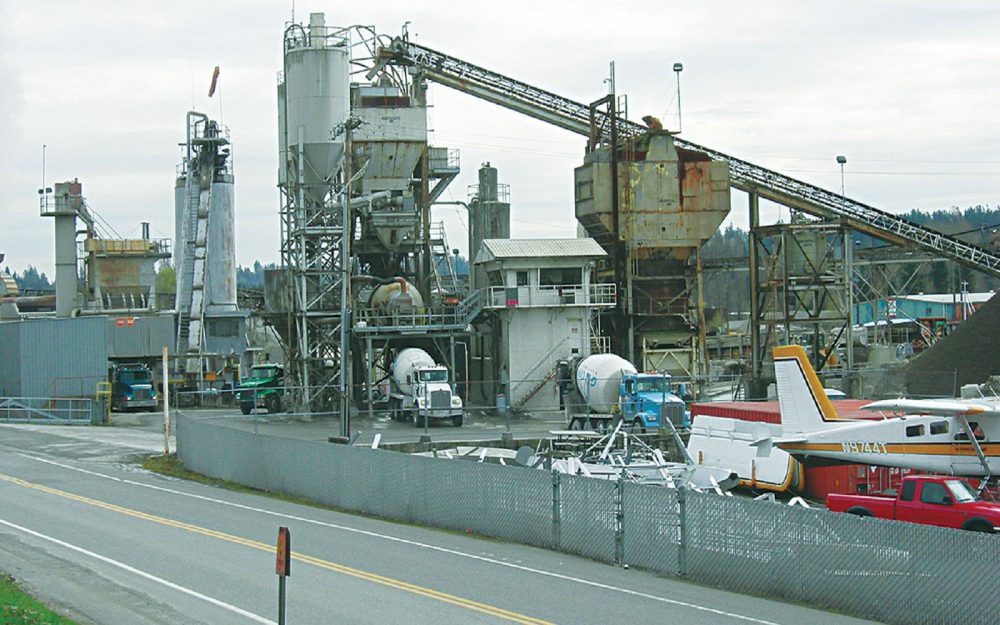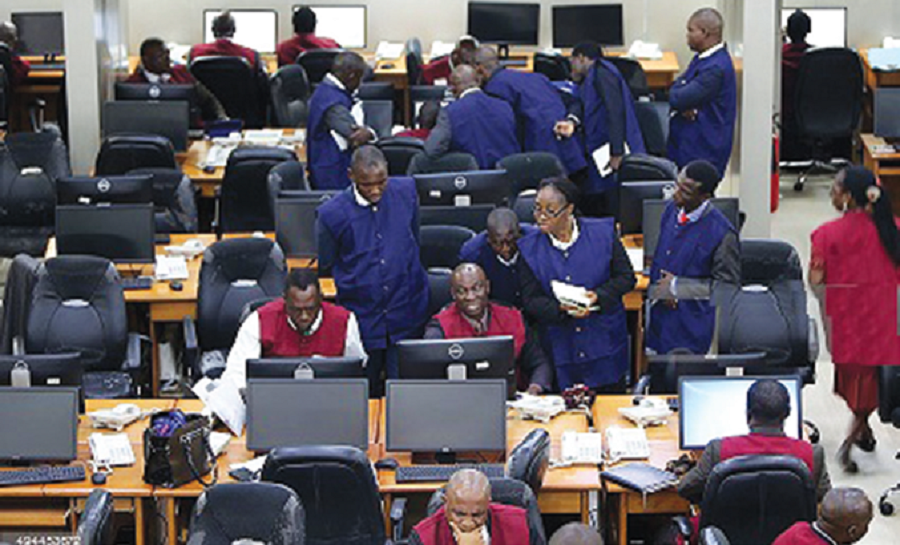BUA Cement on Tuesday, July 17th commissioned a new production plant in Sokoto State in the presence of notable dignitaries including Nigeria’s Vice President, Professor Yemi Osibanjo.
The new plant, which is valued at ₦126 billion, is adjudged the largest privately-owned investment in the entire North Western part of the country. It has an installed production capacity of about 1.5 million metric tonnes, and will contribute to the volumes already produced by the company’s other factories.
Speaking during the ceremony which was broadcast live on Channels Television, the Chairman/CEO of BUA Group, Alhaji AbdulSamad Rabiu, stated the new plant will create about 12,000 direct and indirect jobs for Nigerians.
He went further to state that the plant “is very unique from various viewpoints – be it its location, its economic value and social impact, huge limestone deposits, human capital potential, amongst others. These were some of the things we took into consideration when we made the decision to site this plant here.”
The company is positioning for greater market share
BUA Cement has made consistent efforts over the years to position itself for a greater market share in an industry where competition is stiff. Just last year, the company commissioned a plant at Opkella, Benin City, Edo State, which has an installed production capacity of a 3.5 million metric tonne.
With this newly-commissioned plant, BUA Cement will bring its entire production capacity to about 20 million metric tonnes of cement per annum. This makes up about 35% of the entire volume of cement that Nigeria produces per annum.
Efforts to overcome competition
Over the years, BUA Cement has faced stiff competition posed by the likes of Dangote Cement and Lafarge Africa. From all indications, Dangote Cement and Lafarge remain two of the strongest competitors in the cement market.
In terms of installed production capacity, Dangote Cement and Lafarge Africa are leading, with capacities of 29.3 million metric tonnes and 10.8 million metric tonnes; respectively. However, with its newly-commissioned Kalambaina plant, BUA Cement is on the right path to increasing its installed production capacity which currently stands at 6 million metric tonnes.
The dominance of Dangote Cement and Lafarge Africa is further reflected in the companies’ financial statements over the years. In the 2017 annual report released by both companies, Dangote Cement and Lafarge Africa generated ₦805 billion and ₦299 billion in revenues respectively. BUA Cement is a private company and does not disclose its revenues publicly.
However, CCNN a subsidiary of BUA Cement reported total revenue for full-year 2017 of N19.5 billion up 39% year on year for the year ended December 2017.
Meanwhile, Nigeria has a huge cement market, big enough for all the operators to take advantage. Hopefully, BUA Cement’s new investments will help position it at a greater competitive advantage.




















